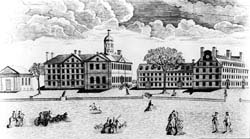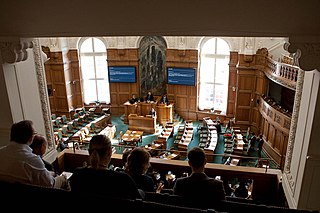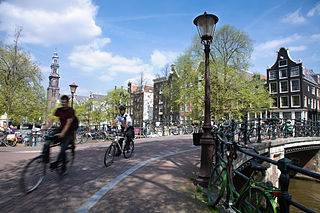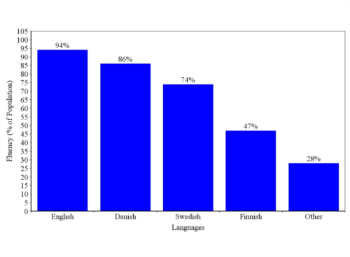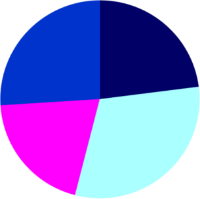Welcome to the Official Factbook of Vermark, chartered by the Parliament of the Social Republic of Vermark. Information regarding Vermark as a nation can be found here.
Social Republic of VermarkCapital and Largest City
Flag ▪ Coat of Arms
Anthemn:
Our Free Vermark
Motto:
In Pursuit of Better
Click for Full Resolution
Location
- Videnhagen
Recognized Languages
- English, Swedish, Danish
Demonym
- Varish ▪ Vare
Government
- Unitary Parliamentary Republic
- Head of State: President Michelle Reedman
- Head of Government: Prime Minister Niklas Jamesson
Legislature
- Parliament of the Social Republic
- Upper House: Senate
- Lower House: House of Citizenry
Establishment
- Independence: July 1, 1816
- Establishment of Videnhagen: January 5, 1772
- Establishment of Dominion: April 17, 1779
Population
- 12,376,455
- Density: 242/km2
Area
- 92,327 km2
Gross Domestic Product
- $745.48 Billion
- Per Capita: $60,234
Currency
- Varish Standard Dollar (VKD)
Drives on the
- Right
Internet TLD
Vermark initially began as the "city-university" of Videnhagen, now the nation’s capital. Videnhagen, which translates to “Port of Knowledge”, began as a stateless colony built as a community centered around the University of Videnhagen, but was annexed as a dominion of Franz Josef (Modern-day Polar Islandstates). In 1816, the Dominion became an independent state known as Vermark, which means “versatile land”. Shortly after, conflict ensued over policy known as the “Rural Regulations” which subordinated people living outside of the cities to the academics and other urban residents. This conflict was resolved by the “Agrarian Representation Act” passed on August 14, 1854, now known as “Agrarian Day”, in which rural residents were given equal rights to urban residents. However, rivalry between urban and rural Vares persists to this day. In recent history, Vermark has been run according to a welfare state model; education, healthcare, social insurance, and public transportation are all provided or heavily subsidized by the government.
Vares are known to enjoy happy, long lives due to the government programs provided to its people. Modern Varish policy is centered around the betterment of the quality of life of the Varish citizenry. While Vermark has a large government with socialist policies, Vermark is becoming increasingly a free market economy with robust technology, agriculture, and service industries. Despite being previously isolated, the passage of the "Emergence Act of 1975" has led to a rise of Varish foreign interaction. As a result, Vermark is in ongoing deliberations to form partnerships with nations such as the Royal Kingdom of Quebec, Eura, and Erathore.
Contents1. History
1.1 Etymology
2. Geography
1.2 Pre-Independence Era (1772-1816)
1.3 Early History (1816-1875)
1.4 Economic Revolution (1875-1921)
1.5 Reformation Era (1921-1987)
1.6 Contemporary History (1987-)2.1 Climate
3. Politics3.1 Governance
4. Economy
3.2 Foreign Relations and Military4.1 Energy
5. Demography
4.2 Transportation5.1 Languages
6. Culture
5.2 Religion
5.3 Healthcare
5.4 Education6.1 Arts and Music
6.2 Cuisine
6.3 Sports





